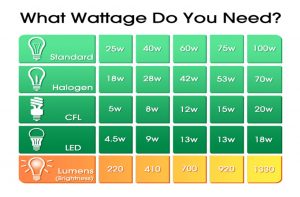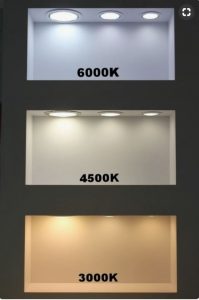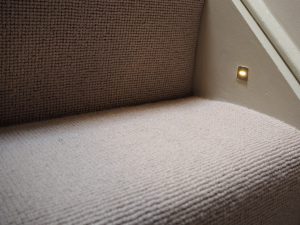Part of the Who Knew? series of blogs: LED lights, what are they?
A short blog on LED lights and what they are. LED (Light Emitting Diodes) lighting is changing lighting, it’s changing what we can do within the home and how lighting is used, and it’s changing so quickly that not only us (the professionals) but you (the consumer) and them (the manufacturers) are having trouble keeping up with all the new and exciting products on the market. This blog isn’t going to be about what light fitting to use and where but a little about the mechanics of LED and where and how to use them. It’s not a definitive guide, more of a thumbnail sketch with some practical advice about LED lights.
A little history
LEDs or Light Emitting Diodes have been around a lot longer than we think, but it’s taken a while for technology to catch up with the phenomenon. 1907 British scientist Henry Round, working in the Marconi laboratories, discovered the effects of electroluminescence, an optical and electrical phenomenon in which a material emits light in response to an electric current passed through it. Initially, the light produced was very dim. 1962 Nick Holoyak Jr produced a brighter red light, but it wasn’t until the 1980’s when brighter, more stable, and cost-efficient lights were being produced. To the present day where LEDs will become the primary source of light for residential and commercial use replacing incandescent lamp fittings of the past.
Wattage
The main issue at present with choosing the correct fitting for your usage is that there is no industry standard. One manufacturer 18w – 100w equivalent is another’s 60w. Until the standardisation of the lumens/output is regularized we are all going to have trouble selecting the correct lighting levels for our needs. I have no advice here other than trial and error – sorry folks, but the good news is: it is definitely getting better.

Colour
Another problem is the light colour – one manufacturer warm white is my cool white. Again the only way to sort this out is to try them out at a friendly shop, I can recommend a local SW London shop, Mr Sparx, 130 Arthur Road, Wimbledon, SW19 8AA a great resource where you can try out the bulbs and check the colour render and output is what you want.
I personally recommend warm white, and have my favourite manufacturers who make similar coloured bulbs that work together.

The photo above illustrates CRI – Colour Rendering Index, the difference in cool white 6000k (kelvin), warm white 4500k, and 3000k similar to candlelight.
TOP TIP – if the light from the fitting it too cold either colour the glass with orange felt tip or put a little orange film over the fitting. LED lights are cool to the touch so the film won’t melt.
LED’s drivers and dimmers.
Yes, LEDs can dim and no they shouldn’t flicker, but they do. Unless you have an experienced electrician who knows, it is a matter of finding the right dimming unit to fit with the light fitting. The other, as yet not completely sorted, issues are response time. There is often a short delay before the light begins to dim, mostly due to the fact that 240v has to be transmuted to 8volts or less! There are some dimmers and drivers that work well together it takes time to find out which fit/work well with which. What is often not made clear is that just like halogen lights LEDs need drivers, these are either separate items fitted away from the fitting or built into the bulb. A number of light bulbs have heat sumps, which conduct the heat away from the bulb.
Home Automation and Which Fittings Where
Apologies to all those working in the Home Automation industry but I am a great advocate of KISS (Keep it Simple Stupid), if it’s too difficult for Grannie to work out without an explanation then it’s too difficult and probably unnecessary in many home environments. Having said that there are some excellent gadgets on the market that manage heating systems, audio/TV, and alarm systems, but I personally think that lighting should be simple and layered. The joy of LEDs are their versatility; we can put small unobtrusive lights in places that we never could. We can layer light easily, put targeted spots in the ceiling, small lights in alcoves, low-level lights on stairs, hide them under the handrail of the staircase, etc etc etc. You don’t have to light everywhere, you can have lights for different tasks and that is the correct way of designing lighting for your home.
Integrating Home Technology into the Home

Planning your lighting
Ask an expert! As new builds, even extensions are required to comply with Part L of the Building Regulation, Conservation of Fuel and Power, which require 70% of all new fixed lighting to be low energy, however, table lamps are not included. With the plethora of fittings, bulbs, and systems on the market, you are better asking a professional what are the best fittings to use and where.
This isn’t a comprehensive list of LED lighting, that would cover pages, but hopefully, it gives you a little knowledge about a complex subject.
More reading articles/blogs: LED Lighting Supply
#nofluffjustsensiblestuff
Click here to return to all articles or click left or right headings below to scroll through articles.
